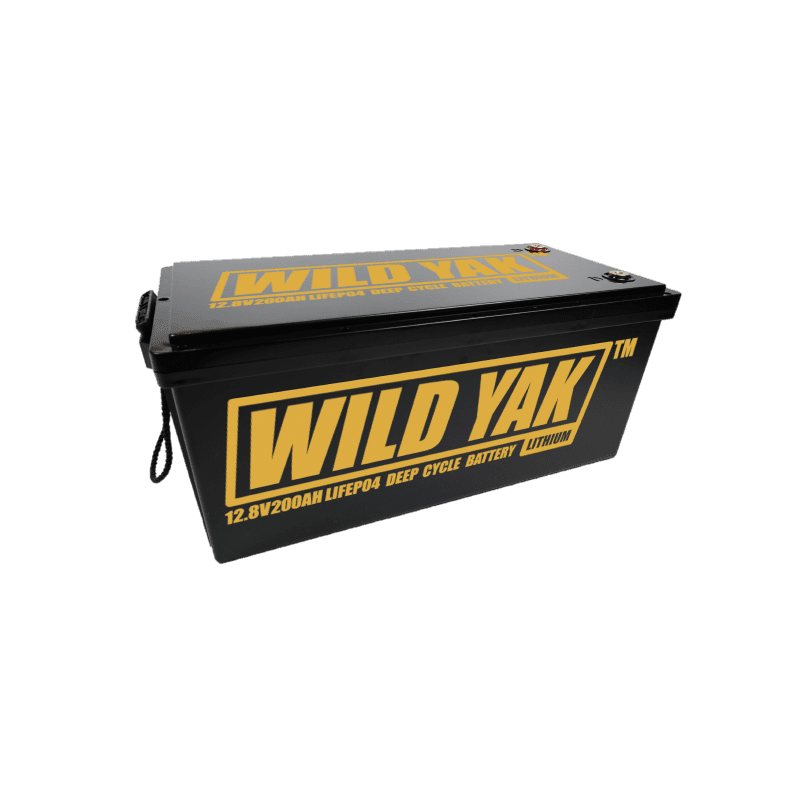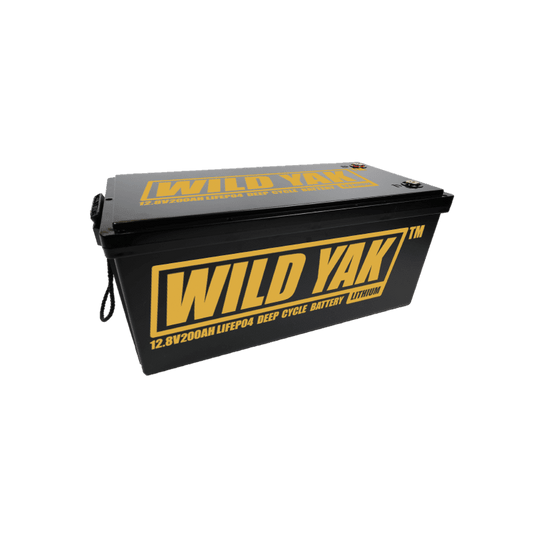LiFePO4 vs AGM Battery for Marine Use: Which is Best for Your Boat?
When it comes to powering your boat, choosing the right battery is crucial. Whether you're running a trolling motor, powering navigation systems, or keeping your lights on, your battery needs to be reliable, durable, and efficient. Two of the most popular options for marine use are LiFePO4 (lithium iron phosphate) and AGM (absorbent glass mat) batteries. In this guide, we’ll compare these two battery types and help you decide which one is best for your marine needs.
What is an AGM Battery?
AGM batteries are a type of lead-acid battery that uses a fiberglass mat to absorb the electrolyte, making them spill-proof and maintenance-free. They are widely used in marine applications due to their affordability and reliability.
Key Features of AGM Batteries:
-
Sealed Design: No risk of leakage, making them safe for marine environments.
-
Moderate Weight: Lighter than traditional flooded lead-acid batteries but heavier than LiFePO4.
-
Lower Cost: AGM batteries are generally more affordable upfront compared to LiFePO4.
Best Use Cases for AGM Batteries:
-
Small to medium-sized boats.
-
Short trips or low-power applications.
-
Budget-conscious boaters.
What is a LiFePO4 Battery?
LiFePO4 batteries, or lithium iron phosphate batteries, are a type of lithium-ion battery known for their high energy density, long lifespan, and lightweight design. They are becoming increasingly popular in marine applications due to their superior performance.
Key Features of LiFePO4 Batteries:
-
Ultra-Lightweight: Up to 70% lighter than AGM batteries, reducing the overall weight of your boat.
-
Long Lifespan: With up to 5,000 charge cycles, LiFePO4 batteries last significantly longer than AGM batteries (which typically offer 300-500 cycles).
-
Fast Charging: LiFePO4 batteries charge up to 3 times faster than AGM batteries.
-
Wide Temperature Range: They perform well in extreme temperatures, from -20°C to 60°C.
Wild Yak LiFePO4 Battery Advantages:
-
Waterproof and Shockproof: Designed with an IP67 rating, making them ideal for harsh marine environments.
-
Built-in BMS: Advanced Battery Management System protects against overcharging, over-discharging, and short circuits.
-
Solar Compatibility: Perfect for off-grid adventures or boats equipped with solar panels.
LiFePO4 vs AGM: Key Comparisons
To help you decide which battery is best for your boat, let’s break down the key differences between LiFePO4 and AGM batteries:
| Feature | LiFePO4 Battery | AGM Battery |
|---|---|---|
| Weight | Ultra-lightweight (e.g., 12V 100Ah weighs ~25 lbs) | Heavier (e.g., 12V 100Ah weighs ~60 lbs) |
| Lifespan | Up to 5,000 cycles | 300-500 cycles |
| Charging Speed | 3x faster than AGM | Slower charging |
| Cost | Higher upfront cost | Lower upfront cost |
| Maintenance | Maintenance-free | Minimal maintenance required |
| Temperature Range | -20°C to 60°C | Limited performance in extreme temperatures |
Which Battery is Best for Your Marine Needs?
The choice between LiFePO4 and AGM depends on your specific needs and budget. Here’s a quick guide to help you decide:
Choose AGM If:
-
You’re on a tight budget.
-
Your boat is used for short trips or low-power applications.
-
You don’t mind the extra weight.
Choose LiFePO4 If:
-
You need a lightweight battery to improve your boat’s performance.
-
You want a long-lasting battery that can handle frequent use.
-
You’re planning long trips or need to power high-energy devices (e.g., trolling motors, refrigerators).
Wild Yak Product Recommendations:
-
12V 100Ah LiFePO4 Battery: Ideal for small to medium-sized boats.
-
12V 200Ah LiFePO4 Battery: Perfect for larger boats or boats with high power demands.
Installation and Maintenance Tips
For AGM Batteries:
-
Regularly check the terminals for corrosion.
-
Avoid deep discharges to extend battery life.
-
Use a compatible charger to prevent overcharging.
For LiFePO4 Batteries:
-
No maintenance is required, but periodically check the connections.
-
Use a dedicated LiFePO4 charger for optimal performance.
-
Store the battery at 50% charge if not in use for extended periods.
Wild Yak Support: All Wild Yak LiFePO4 batteries come with a 5-year warranty and 24/7 customer support to ensure your battery performs at its best.
FAQ: Common Questions About Marine Batteries
Q: Can I replace my AGM battery with a LiFePO4 battery?
A: Yes, LiFePO4 batteries are a direct replacement for AGM batteries. However, you may need to upgrade your charger to a LiFePO4-compatible model.
Q: How long does a LiFePO4 battery last compared to AGM?
A: A LiFePO4 battery can last up to 10 years with proper care, while an AGM battery typically lasts 3-5 years.
Q: Is a LiFePO4 battery safe for saltwater environments?
A: Absolutely! Wild Yak LiFePO4 batteries are designed with waterproof and corrosion-resistant materials, making them perfect for saltwater use.
Conclusion
When it comes to marine batteries, LiFePO4 is the clear winner in terms of performance, lifespan, and weight. While AGM batteries are a budget-friendly option, LiFePO4 batteries offer superior value in the long run, especially for boaters who demand reliability and efficiency.
Ready to upgrade your boat’s power system? Explore Wild Yak’s range of LiFePO4 marine batteries at www.wildyakbattery.com and enjoy free shipping on all orders!





